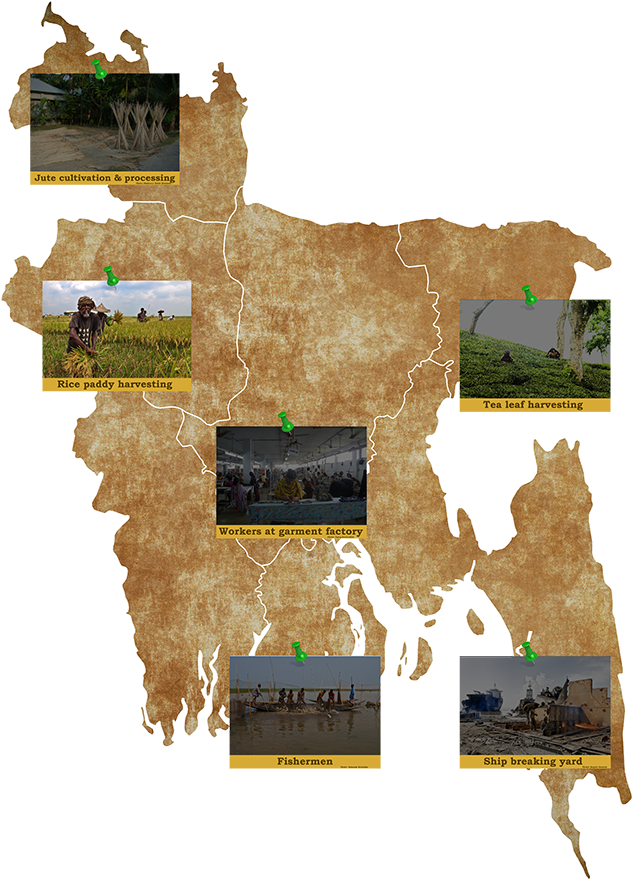
Beautiful land, kind people & hard working spirit.
Stopping the exit of people from their villages
Almost half of the Bangladeshi population (45%) are farmers. Farming makes up 18% of the nation’s GDP. Despite widespread farming in Bangladesh, the biggest exports in the country come from the garment industry. The garment industry is so large due to the low paying, dangerous working conditions. The falsehood of good paying jobs in the larger cities lures people from rural communities away from land and family.
Poverty and climate challenges
30% of the Bangladesh population live below the poverty line. Bangladesh is one of the most disaster prone areas in the world. Cyclones and floods have killed thousands and impeded economic growth. Bangladesh has an opportunity to be a global leader in farming. The alluvial soils deposited by the rivers make Bangladesh's soils some of the most fertile delta soils in the world. Due to its low-lying elevation, the ground in Bangladesh has never frozen, which allows for farming year-round.
